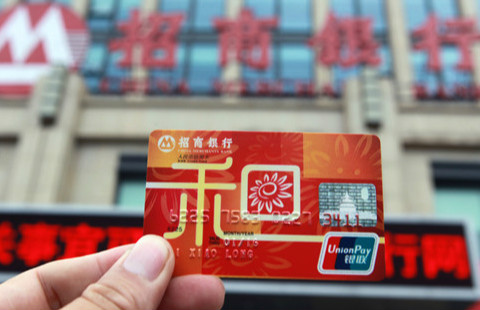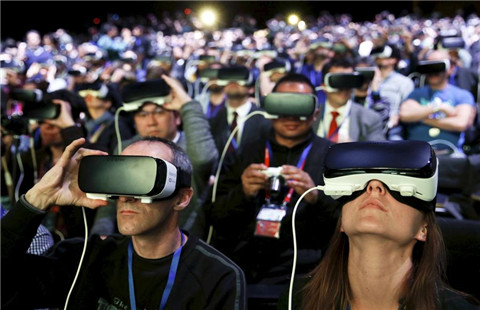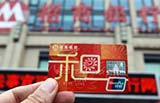Huawei launches new 2-in-1 style laptop at Barcelona Congress
By Cecily Liu in Barcelona, Spain (chinadaily.com.cn) Updated: 2016-02-22 14:02
 |
|
A Huawei MateBook is displayed at the World Mobile Congress in Barcelona, Spain on Feb 21, 2016. [Photo/Xinhua] |
The device, called the Huawei MateBook, retails from 799 euros in the European market and $699 in the US market. It will be made available across international markets from April onwards through both retail and e-commerce channels.
The core device of the MateBook is a tablet with a detachable keyboard much like Apple's iPad Pro, and runs Microsoft's latest operating system Windows 10.
It weighs 640 grams, compared to 713 grams for Apple’s iPad Pro and the 766 grams of Microsoft's Surface Pro 4, both of which are portable tablets known for their lightweight design. It has a 12-inch screen.
The Huawei MateBook has a high-density lithium battery, which lasts for 10 hours once fully charged. The product features a sixth generation Intel Core m-series processor aimed at handling the most rigorous business demands.
Built to operate on Windows 10, the MateBook also delivers tools and features offered by Microsoft Corp, including its latest browser, Microsoft Edge, and the Cortana digital personal assistant.
"We have decided to launch this product to answer the needs of business users. What makes our MateBook unique are are its compatibility and huge variety of functions," said Glory Zhang, chief marketing officer of Huawei Consumer Business.
Although MateBook is being launched later than other comparable tablets, Zhang said it is no cause for concern because Huawei's strategy is to bring to market products once the technology involved can best satisfy consumer needs.
"We are not so concerned about being the first in a market. For example, when we launched our smartphone, the market was already filled with many smartphone makers, but our high quality allowed us to win market share."
"We have made good use of cutting edge technologies that we developed for our smartphone in our MateBook, which gives us a competitive strength," Zhang says.
Huawei, founded in Shenzhen in 1987, has three core business areas. Its carrier business provides telecommunications services to operators like O2 and Telefonica, and it provides telecommunications services to corporate clients. Its third business area is consumer products.
In recent years its consumer business has picked up and has become a key factor in helping build the firm's brand across international markets. Its core products include the Huawei smartphone and Huawei Watch.
Huawei is now the third-biggest player in the smartphone market after Apple and Samsung, and shipped 108 million smartphones in 2015, which represents a 44 percent increase in sales compared to 2014.
Now Huawei is looking to make a major play in the tablet sector. Globally, tablet shipments fell 13.7 percent year-on-year in the fourth quarter of 2015, while shipments for detachable tablets reached an all-time high of 8.1 million devices, more than double from the same period in 2014, according to the research firm International Data Corporation.
The Huawei MateBook is being launched alongside the MatePen, which is used to write and draw on the MateBook. It has high sensitivity, can support graphics and mathematic functions and can be used as a laser pointer for delivering presentations.
The MateBook also has a one-touch unlocking system, which Huawei says is the fastest fingerprint recognition technology in the industry. Its technology supports 360 degrees sensitive identification, which leads to fewer identification failures than competitor technology.
The keyboard that accompanies MateBook features 1.5 millimeter keystroke and a Chiclet keycap design, which allows for larger key surfaces to minimize typing errors. The built-in touchpad uses multi-touch technology that supports finger movement and effectively combines comfort with function.
- China to see sound consumption growth in 2016: Commerce minister
- Ericsson preserves competitiveness on 5G development in China
- Supply-side reform a recipe for China's economic rebalancing
- Americans continue to view China as top economic power: poll
- Experts call for greater awareness of anti-money laundering laws
- China overtakes Germany in net capital exports in 2015
- China needs more reforms to address overcapacity: European Chamber
- Flexible growth as structural reform gains steam
















